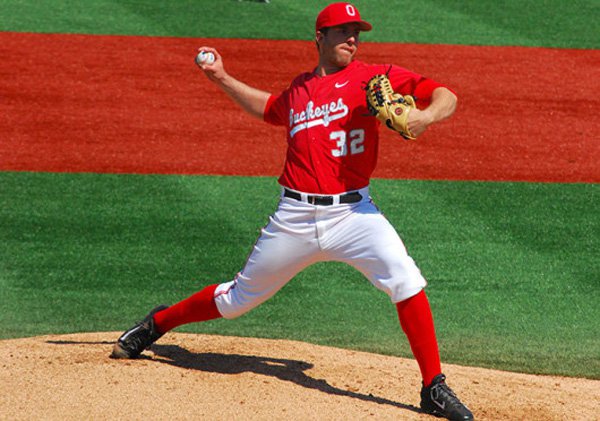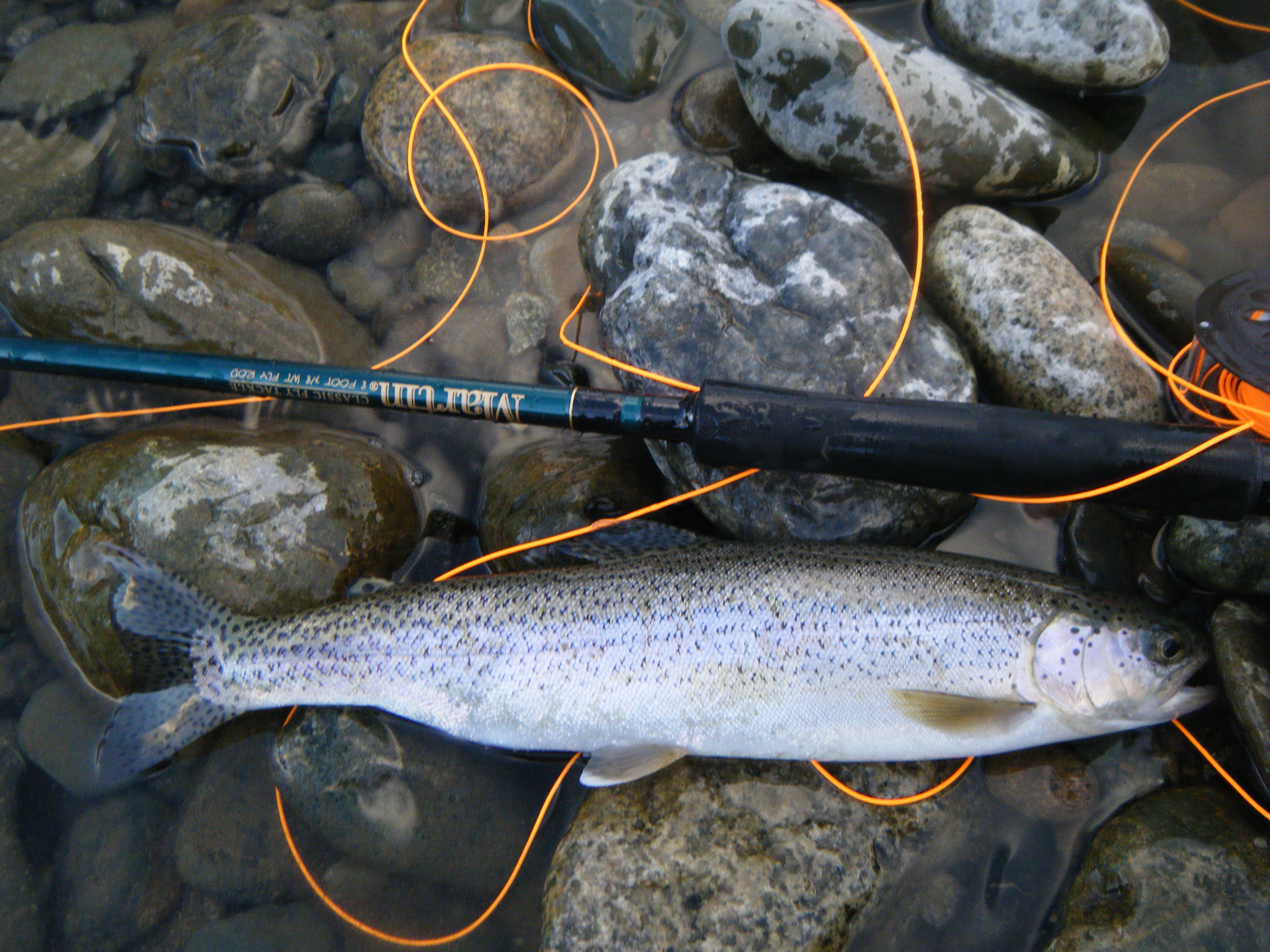QuestionJack,
I am fishing a college tournament on Seminole February 20th. I am not very familiar with the lake, but will be coming down for at least one or two days of prefishing. I am trying to figure out some patterns and locations to start with. I really am just looking for any information that might be helpful.
Thank you for your time,
Ben
AnswerBen; Feb.20 could be a pre spawn period, it could also be a very cold winter period or if we have a really warm month of February some bass may already be on their beds. This is what you will have to contend with here at that time of year. That also makes it very difficult to give real close predictions on where the fish may be, however, I will do my best. It would help if I knew where you were going to launch from. Since most tournaments are started either at Wingates Lodge or at the boat basin on the edge of Bainbridge. Since Most of my fishing has been downstream from Wingates and in the Spring Creek arm of the lake these are the places that I know best. Actually about 90% of my fishing has been in Spring Creek that is the part I know the best. However, things that apply to Spring Creek are likely to apply in other parts of the lake that have similar structure and cover. I do think that the Spring Creek arm is the most likely place to catch some good fish that time of year. One reason is because it is less likely to be badly discolored if we have January and February rains. The exception being if there is a heavy rain in the area from about 40 miles due north and Spring Creek itself is heavily filled with silt. This does not happen too often fortunately.
Spring Creek is virtually a different lake from the rest of Seminole. It is somewhere around 4000 acres of the 37,500 acres of the whole lake. It is almost always different from the rest of the lake. The range of water elevation from the very lowest I have seen in 20 years to the highest I have seen during the same period is about 40 inches. This is probably a bit greater than the rest of the lake but not much. Most of Spring Creek consists of flats that in Feb. will be sparsely covered with hydrilla and under ten feet deep. Next there are large expanses of what was once a forest but now most of the trees have broken off near the water line in 12-18 feet of water. Then there is the creek channel ranging from thirty feet to perhaps 75 feet wide and averaging about 20 feet with a few holes running to a little over 25 feet. This channel winds its way over flats but mostly in the stump fields. When the water is low it is relatively easy to see the creek channel winding through the stumps but if the water is up a foot or so it is very difficult to pick it out of the tree stumps unless you already know it and even then it is difficult enough that I will not run my big motor at more than idle speed.
CAUTION, CAUTION, CAUTION, CAUTION, CAUTION, CAUTION, CAUTION, CAUTION, CAUTION. CAUTION!!!!
(THIS IS SOMETHING THAT I ALWAYS WARN PEOPLE NOT FAMILIAR WITH THE LAKE ABOUT. THE LAKE HAS WELL MARKED CHANNELS WITH PILINGS WITH REFLECTORS RED AND GREEN. ALWAYS KEEP THE RED MARKED PILINGS ON YOUR RIGHT OR STARBOARD SIDE WHEN RUNNING UPSTREAM OR TOWARD A LANDING. KEEP THE GREEN ONES ON THE RIGHT WHEN HEADING DOWNSTREAM OR OUT FROM A HARBOR. IT IS SAFE TO RUN AT SPEED IF YOU STAY WITHIN THESE MARKED CHANNELS EXCEPT IF THERE HAS BEEN A VERY HEAVY RAIN WHEN LOGS MIGHT BE FLOATING IN THESE MARKED CHANNELS. INCIDENTALLY THESE CHANNELS DO NOT ALWAYS FOLLOW THE CREEK OR RIVER CHANNELS.
If the weather has been cold without any really warm spells the fish are likely to still be on the winter pattern. Sometimes this is the best time to really catch some big bass and at times lots of them. Mostly they will likely be in the trees near but not necessarily in the creek channel. I have had a lot of good luck casting the area within about 100-150 feet from the creek channel drop off. This will not be a big drop off usually only 3-8 feet. A small white spinnerbait, a white or silver diving crankbait or a swimbait either hard or soft have done well in this area. At times when the water is very clear you can see bottom in 18 FOW. When it is this way don't be surprised if when you hook a fish and are bringing him in he may be followed by a dozen or more about the same size or bigger trying to take the lure away from the hooked one. If your partner is quick on the draw and drops a lure near yours he is likely to have one on right away. I have had two or three rods rigged and ready so when I bring in a fish that has company I can pick up another rod and drop a lure near my hooked fish and have fish on two rods at the same time. That can be tricky but it sure is fun. Incidentally this is even more true of the hybrids when they are schooling near the mouth of the creek.
If there has been some warm weather but the water temp is still in the 50s look for places where there is relatively deep water next to a large flat. At times in late winter or early spring the big females begin to gather on the first drop outside a large flat. They are there to feed and get strength for the spawn. A couple of years I found them in an area about the size of a tennis court. The creek channel made a sharp bend having been running in an area between the tree line and a large flat. The bend took the channel up into trees on both sides for a long way.
Right at that bend the big females were gathered. I just happened onto them one evening when I saw some small shad jumping out of the water. I tossed a floating lure in that area and immediately was hooked on to a four pounder. I sat right there and caught my limit of bass until they quit biting at dark. That four pounder was the smallest one of the ten that I caught that evening. I went back a little earlier the next evening but didn't get a hit until the sun was behind the trees. Again I caught my limit the smallest being about three pounds and the largest over eight pounds. For a week and a half I continued to catch a limit every evening there. (of course I turned most of them loose after taking some pictures#
I have come upon some other places that I have found staging females but never quite that good.
If,by chance there has been some time of really warm days without too cold nights the fish may be on the beds spawning. I never try to fish spawning beds even though it is considered the best time to catch the really big fish of one's life I just do not have the patience nor do I like taking fish off their beds. I know fish biologists say it does not hurt the fish population if you return the fish but I have seen the result of taking a fish that is guarding a bed full of eggs. By the time you can unhook him, and it is likely a male as the females leave shortly after the eggs are laid and head for deeper water. As soon as that male fish guarding a nest is taken out of the water that nest is filled with bluegills and every egg is gobbled up in a matter of two or three minutes. So you return the fish and he goes back to find an empty nest.
I will not say anything if you catch fish off the bed but I hope it is the female before she leaves for deep water, where I will be fishing anyway trying to catch the big ones.
Ok I am off my soap box now. If, and it is more likely, that we have not had much warm weather my choice would be to try the trees along the creek channel casting into the deep channel now and then just to see if the fish might have gone into there.
I don't think I have touched on the flats. If you don't see stumps sticking up all around then you are probably on one of the flats. Some of these are quite large perhaps a half mile long and quarter mile wide. In summer these are nearly completely choked with hydrilla and are difficult to fish. The fish are likely to be in there but getting to them is tough. An outboard motor or a trolling motor is quickly caught up in this stuff and all you can do is put the outboard in reverse and kick the weeds off but as soon as you start up you are tangled up again. There is a special boat and motor designed to cut through the hydrilla but most of us do not have them. In February this isn't usually a problem because the cold had caused the hydrilla to die back. Sometimes a spinnerbait or crankbait run just so it nicks the tops of the weeds now and then can do really well. Some people use really heavy jigs and toss them high in the air so they will break through under the hydrilla. I have never tried this but I have watched it done on TV. On a calm warm day about the time the sun gets to treetop height a topwater lure has done well here as well as in some of the coves around the lake. I like a Devils Horse, Chug Bug, Hula Popper, Dalton Special#no longer made but I got a couple on e-bay although most went to collectors who didn't mind paying $25-$50 each for what had been a $3 lure.
I have found the best way to fish these is to cast them out and let them lie still for ten seconds then just move them enough to make a tiny ripple then wait another ten seconds and repeat. If no strike give the lure a good solid jerk and make it pop or chug or spin its spinners or whatever else it does. Wait another ten seconds and repeat. If no bite then start it popping, chugging, spinning or whatever it does back toward the boat. Move it 5-10 feet then stop it and let it lie for a few seconds. If no hit reel it in and cast again. This takes patience but often pays off with shattering strikes somewhere along the line. I have had bass chase it as I reeled it toward the boat and struck several times sometimes getting hooked and sometimes not.
Now for other parts of the lake. There are large areas to drowned trees in the Flint portion of the lake. Down toward the area where the Flint and Chattahoochee join about a mile above the dam there is water 25-30 feet deep with much trash on the bottom. I haven't been able to tell if it is dead timber or just stuff that the current has brought down. Every time we have a real high water spring these places change so my guess is old logs etc that have sunk there. This is great crappie country too. Along the shoreline in February through March or even April before the hydrilla becomes too thick one can catch some nice bass on jerk baits like Rapala Minnows or other similar lures. Cast in toward the shore as close as possible and work the bait out over the weeds below. A spinnerbait will work here too. So will a worm or stick worm work but I seldom use them anymore. Just a personal preference.
Back in some of the backwaters off the rivers are large areas of bonnets or lily pads. At times these are great especially using a popper or something like a Johnson Silver Minnow with a pork (not plastic)frog. Cast it back into the pads as far as you can. Keep your rod tip as high as possible to keep the line out of the pads. Start the minnow back walking it through the pads.
Sometimes you will see the pads moving as a fish swims through them toward the lure. This is an exciting way to fish. It is easy to lose a fish or not even hook him. I have found that with any type of topwater lure don't strike when you see the fish hit or when you hear that big Ker-Splouch. Doing so will almost always pull the lure away from the fish. Wait for the rod to load up then set the hook. If you are using a good strong line and heavy enough rod you can often horse him out to open water before he realizes (if fish do realize# what is happening and then you can fight him on your terms in more open water.
Even late February is usually a little early for my favorite big bass lure. This is the Magnum or what used to be called the Muskie Jitterbug. I use a big black one mostly at night. I have used one occasionally in February but not often. Still on a calm day it might be worth a try.
Well there you have it. I have told you about everything I can think of to help find some fish in February. If you come down to practice and if it is allowed I would be glad to take you and show you some of the places I mentioned. I am retired and can go just about anytime. Just give me an e-mail or call. I hope this is of some help and I hope you do well in your tournament.
Thanks for calling on me to answer your question.
I am
Jack L. Gaither #JackfromSeminole)
Lake Seminole Georgia
[email protected] 229-861-2366


